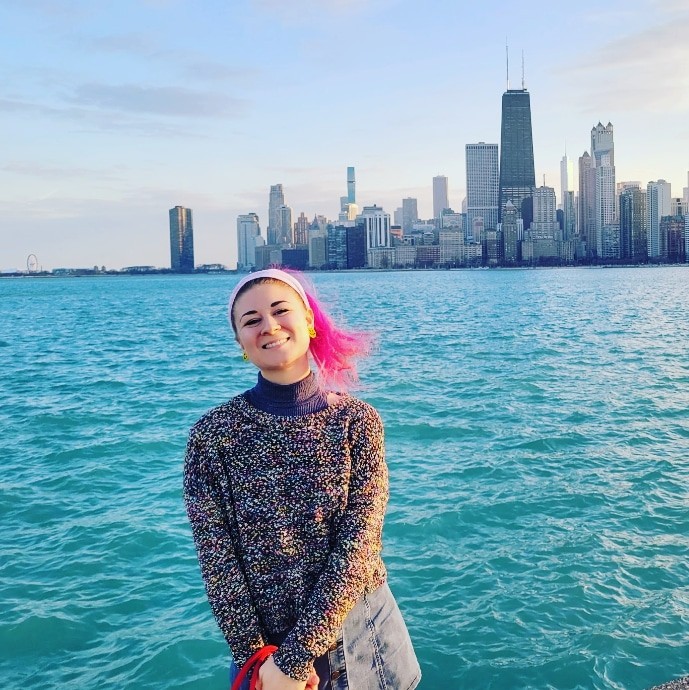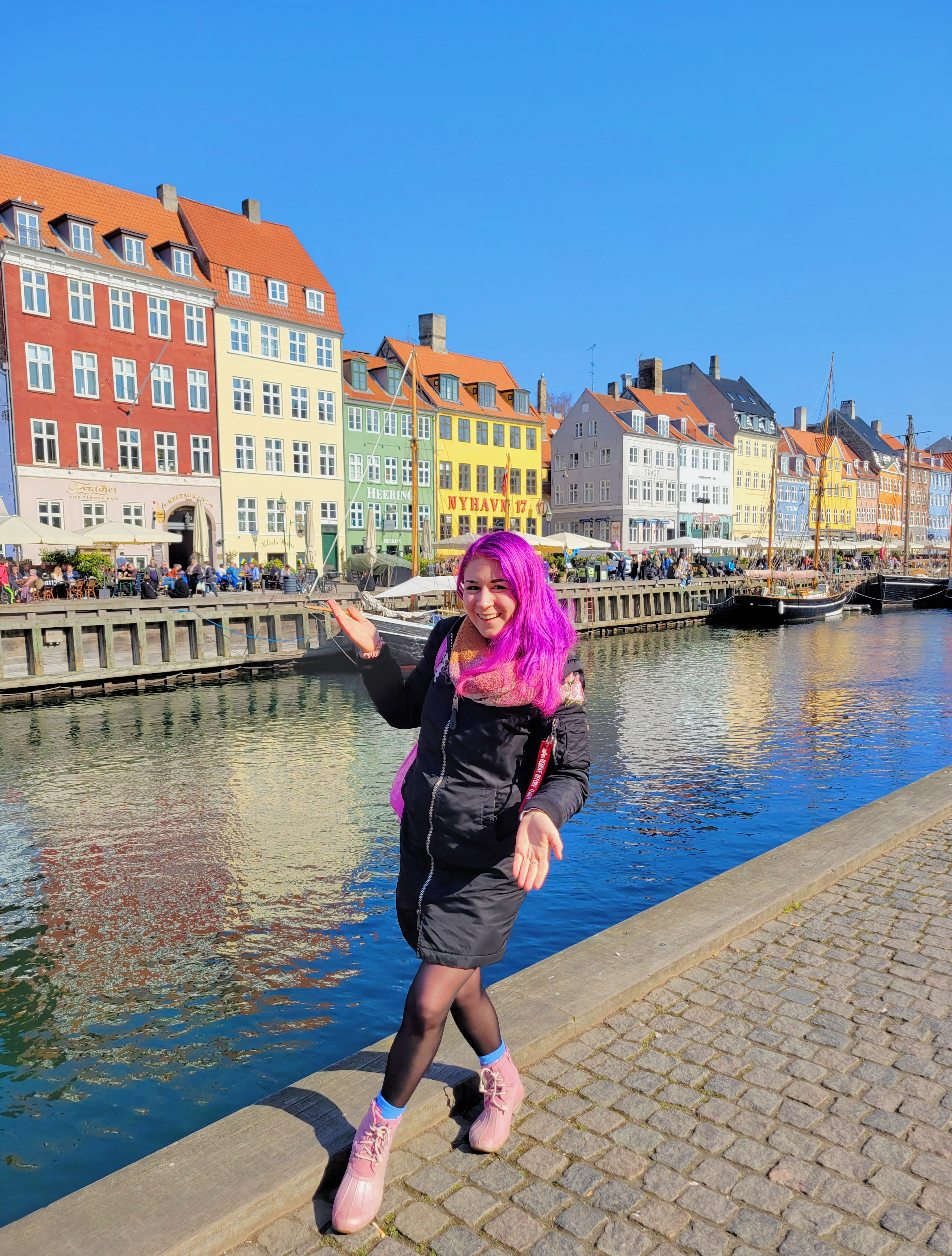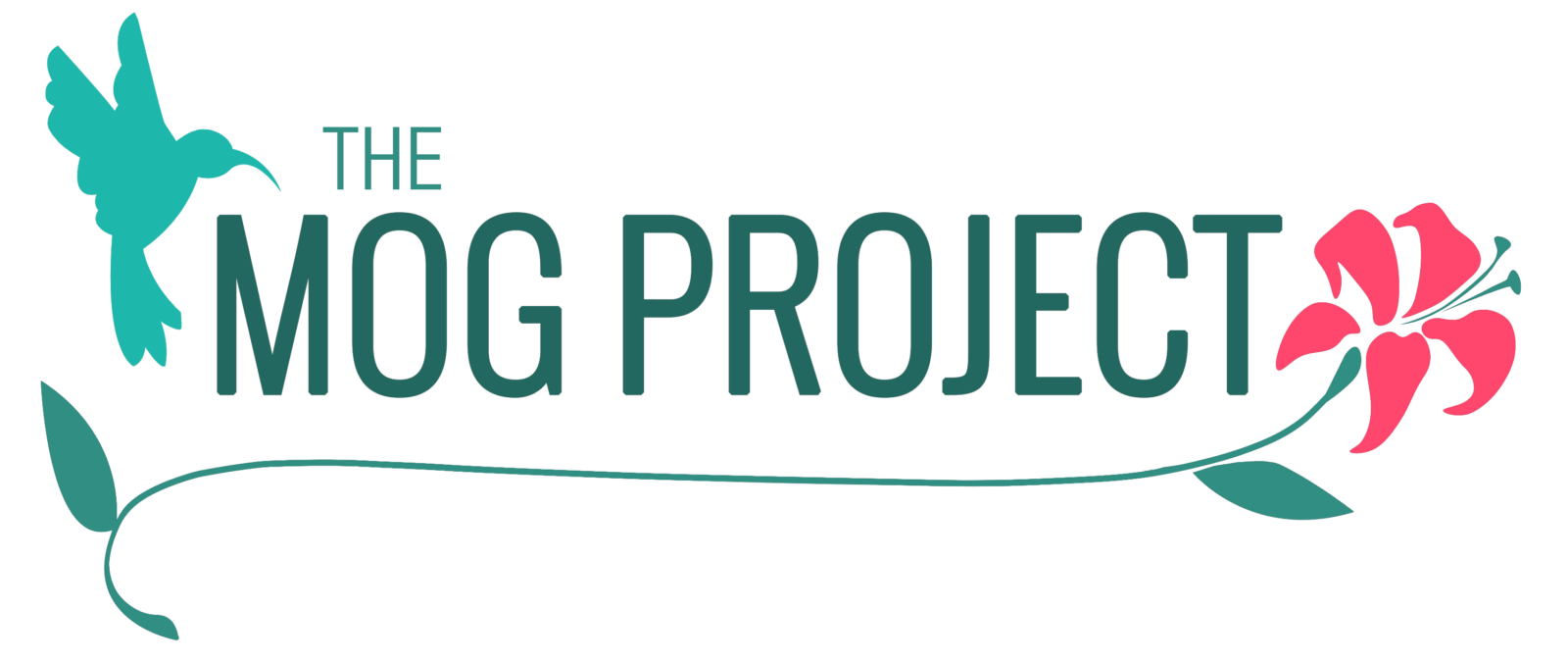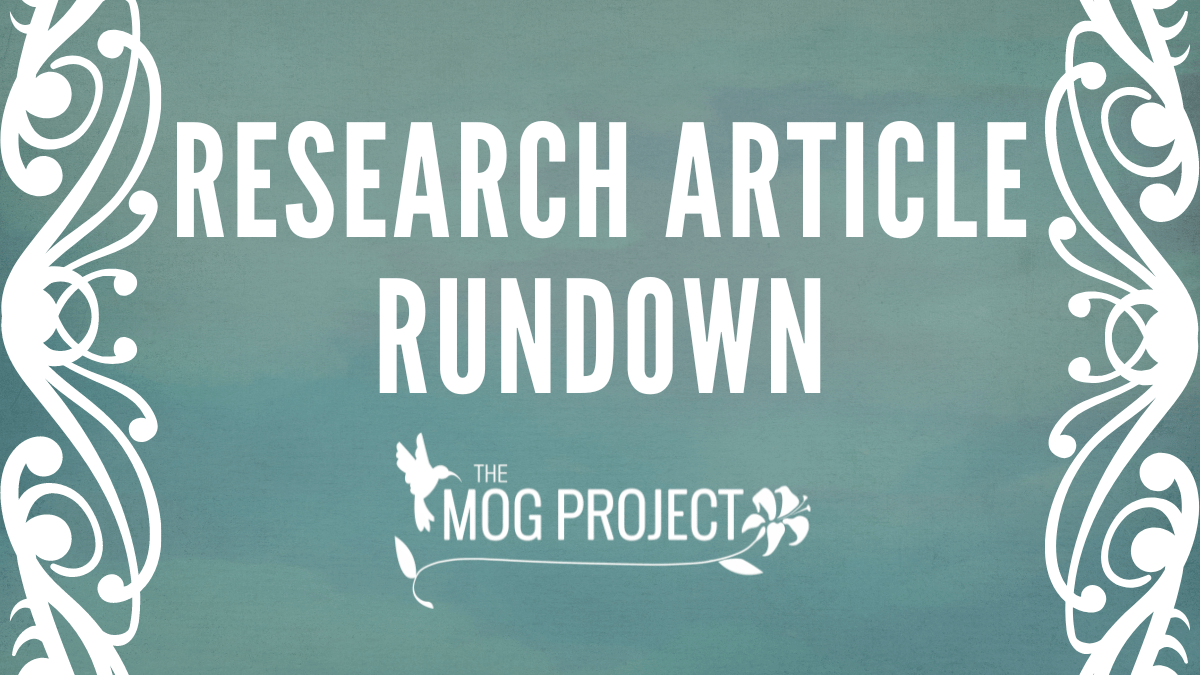
I have always lived under the motto that adversity makes you stronger. While this was always a motivating mantra to myself through life’s struggles before I became sick, it has certainly stayed true throughout my post-MOG-AD diagnosis.
My story may sound somewhat familiar to those living with MOG. In 2019, I was first admitted to the ER with vision loss and pain in my right eye. I was admitted to the hospital for a five day course of IV steroids and was subjected to numerous tests to see if I had multiple sclerosis (MS) or neuromyelitis optica spectrum disorder (NMOSD).
It wasn't until I had a specialist blood test done through the Mayo Clinic that I found I had tested positive for MOG antibodies.
While it was a big relief to have found a diagnosis, I had reached another hurdle of trying to find a treatment for a disorder without an FDA-approved treatment. I had to be on some form of medication, as every time I went off of oral steroids I would relapse. Additionally, I was moving around a lot.
I was first diagnosed in New York, but had relocated to Oklahoma where there were few specialists and even my neurologist had little knowledge of MOG. I tried two courses of IVIg which did not work for me, and was eventually stuck with the hopeless thought that I might have to continue to take low dose steroids until something changed. Knowing that staying on steroids for so long could impact my health definitely placed a toll on my quality of life. Thankfully, when I moved to Chicago to start my PhD all of that changed.
I was scrolling through The MOG Project‘s social media pages when I saw a recorded presentation given by Dr. Levy at Mass General. At the end of his presentation he mentioned a new clinical trial for a new drug, rozanolixizumab. I was in Denmark at the time and I immediately emailed him asking for more information about the trial. After a short introduction and background of my medical history with MOG, he said that I would be a perfect candidate and that there was a trial site only a short flight away from my home in Chicago in Peoria, IL. It was only a couple of months later that I breezed through my screening and was able to start the trial.
I felt like I was not only able to contribute to research in ways that would help me find a more sustainable level of care, but also was able to help all the other patients with MOG who perhaps could not participate.


It has been a great experience so far with lots of support from my medical team along the way. While living with MOG-AD has been both scary and enlightening at times, it is clinical trials like these and the individuals who organize them which shows that the research is moving forward and we are ever closer to improving the quality of life of MOG patients around the globe.
By Danielle Silverman



